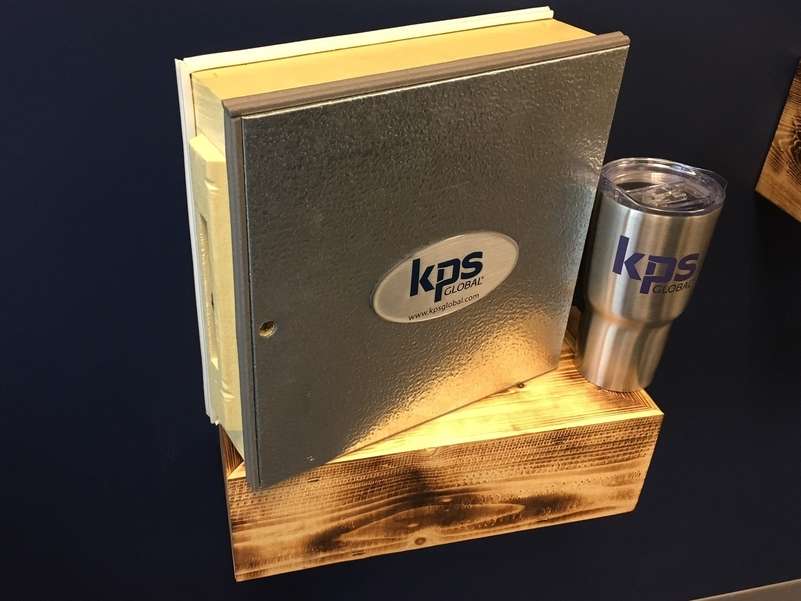Neopor insulation is still inferior to polyurethane foam for walk-in applications, providing fewer overall benefits than the existing solution.
Neopor vs. Polyurethane Foam: R-Value
There are several significant differences between Neopor and polyurethane foam.
First, the R-value of Neopor, which refers to the material’s ability to resist heat, doesn’t measure up to polyurethane. For freezers, Neopor has an R-value that is only 63% of that of polyurethane (5.1 vs. 8.06), and, for coolers, an R-value that is only 67% of polyurethane (4.8 vs. 7.19). It should go without saying that, for coolers and freezers, this heat resistance is critical for optimal performance.
This decreased R-value means that, to achieve equal performance, panels utilizing Neopor insulation need to be constructed much thicker than their counterparts using polyurethane in order to meet DOE energy-efficiency requirements.
In fact, in order to meet R25 requirements for walk-in coolers, Neopor-filled panels must be at least 5.5 inches thick compared to just 3.5 inches for polyurethane-foam-utilizing panels.
In order to be compliant with R32 for walk-in freezers, Neopor requires a thickness of 6.5 inches compared to just four inches for polyurethane.
Other Benefits of Polyurethane Foam Over Neopor Insulation
In addition to this boosted R-value capability, polyurethane foam offers several other benefits over Neopor insulation.
While both options meet UL requirements and Neopor insulation has better fire and smoke ratings (5 and 25, respectively) than polyurethane foam (20 and 450), the compressive strength doesn’t reach the same level. Neopor foam has a compressive strength between 10 and 20 psi, polyurethane foam’s compressive strength ranges from 20-23 psi.
Polyurethane Foam – Immediate and Lasting Results
Perhaps the greatest benefit of polyurethane foam over Neopor insulation is its ability to retain its thermal performance over time better than other insulation solutions.
Though all types of insulation can lose insulative value due to refrigerant gas diffusion with atmospheric gases, over an average use life of nearly a dozen years, polyurethane foam only lost an average of 1.55% of its thermal performance in freezers and 5.86% in coolers.
The performance of the polyurethane insulation within our insulated panels measurably outperforms XPS insulation over the life of the walk-in. Closed-cell polyurethane is further set apart by its improved ability in the construction of structural insulated panels for coolers and freezers and its general cost-effectiveness in a variety of cold-storage applications.
Often, the newest innovation is an improvement over traditional solutions, offering increased performance, efficiency, cost-effectiveness or some combination of all three. However, in this case, for walk-in cooler and freezer applications, KPS Global relies on the proven performer. To learn more about where KPS Global’s custom walk-ins can be applied, visit https://kpsglobal.com/industries/.



